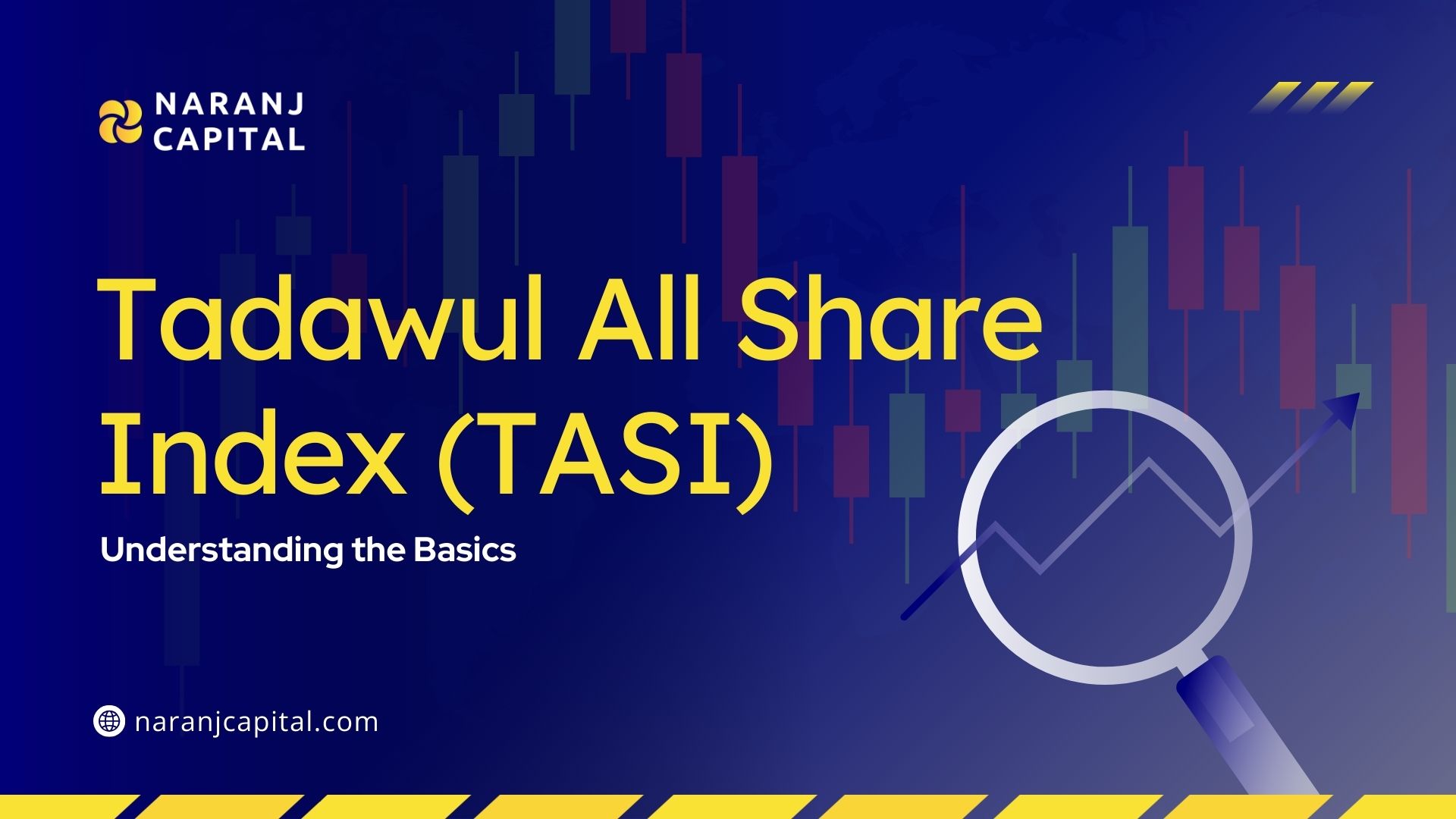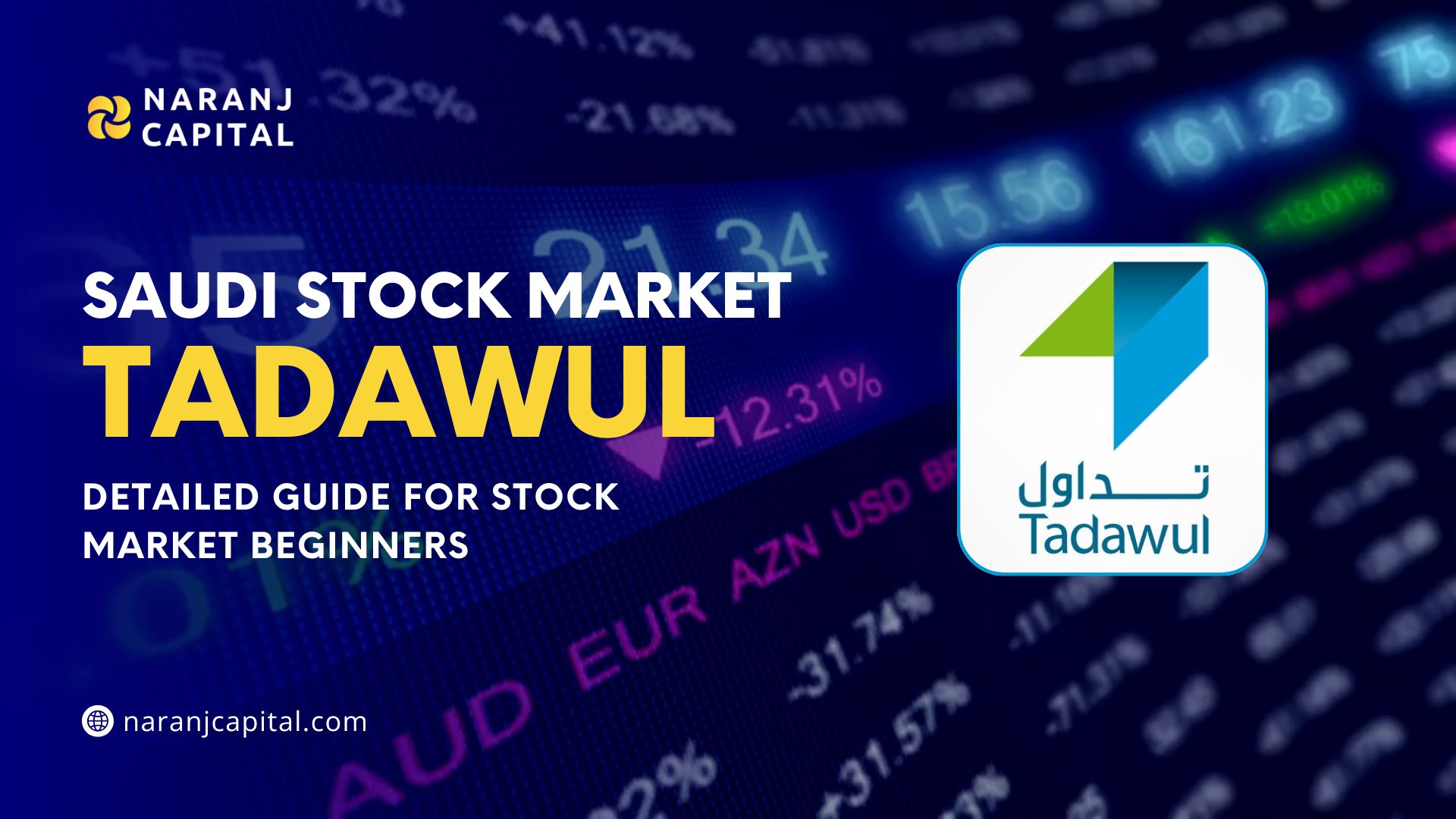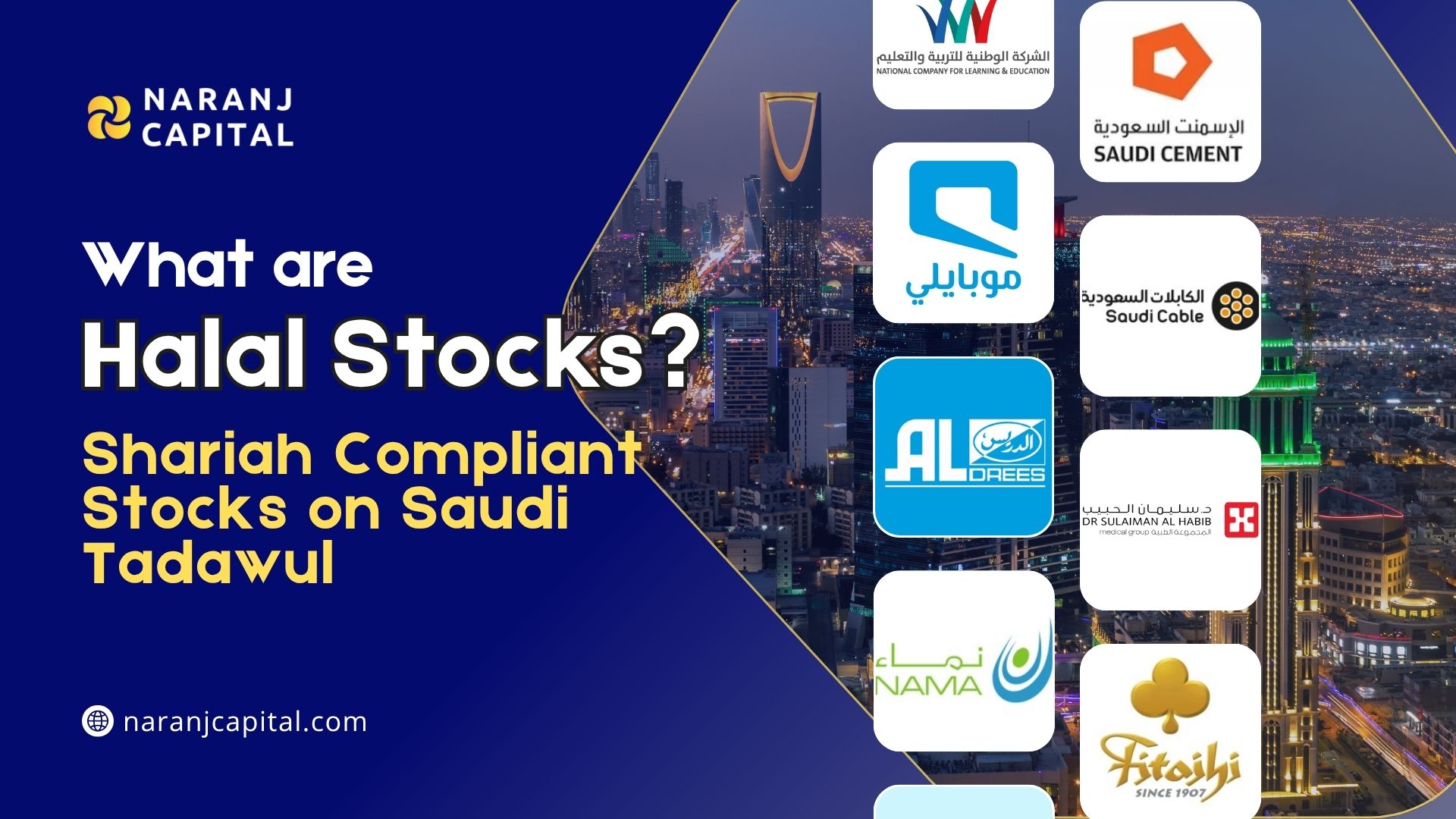Abstract
TASI, the Tadawul All Share Index, serves as Saudi Arabia's primary stock market barometer, tracking all companies listed on the Middle East's largest exchange Tadawul. Think of it as a giant basket containing every publicly traded Saudi company, with bigger companies like Saudi Aramco and Al Rajhi Bank having more influence on its movements.
Currently sitting at 10,930 points, TASI has faced recent challenges, down 9.45% year-to-date due to oil price fluctuations and global economic uncertainty. The index is heavily weighted toward financials (46%) and materials (15%), making it sensitive to banking sector performance and commodity prices.
For investors seeking Saudi Tadawul stock trading advice, understanding the TASI is crucial. It represents more than just numbers—it reflects Saudi Arabia's Vision 2030 diversification efforts and overall economic health, offering investment opportunities through index funds and sector-focused strategies.
1. Introduction
If the Saudi financial market were a living organism, TASI — the Tadawul All Share Index — would be its heartbeat.
Every tick upward or downward reflects investor emotions, economic winds, and global influences. Understanding TASI is like holding the market’s health report in your hands.
2. What is the Tadawul All Share Index (TASI)?
Imagine a giant basket containing every single publicly traded company in Saudi Arabia. Now, imagine that basket’s value changing every second as investors buy and sell shares. That’s essentially what TASI is — an index that tracks the performance of all companies listed on the Tadawul Stock Exchange, the largest stock market in the Middle East.
- Established: 27 February 1985
- Base Value: 1,000 points (meaning the first time it was calculated, it was given that score)
- Type: Free-float market cap weighted, which means bigger companies affect the index more, but there’s a limit so one huge company doesn’t control it.
- Role: Serves as the main thermometer for the Saudi economy’s stock market performance.
3. How does the TASI work?
Think of a school’s average grade system:
- Every student = a company listed on Tadawul
- Students with more “influence” (big market cap companies like Saudi Aramco) affect the average more
- The average changes whenever grades (share prices) change
Formula Behind the Scenes:
TASI is the ratio of today’s total free-float market value (shares available for public trading) to yesterday’s market value, multiplied by yesterday’s index score.
For example
Yesterday:
- Total free-float market value = 100 million SAR
- TASI’s index score = 10,000 points
Today:
- Total free-float market value = 102 million SAR (Up by 2%)
Calculation:
- Today’s TASI = 10000 x (102/100) = 10,200 points
TASI Live Updates: The score changes every few seconds between 10:00 am and 3:00 pm (Saudi time), Sunday to Thursday.
The Current Pulse of TASI (August 2025)
- Index Value: 10,833.59 points
- 52 Week Range: High: 12,536.28 | Low: 10,429.11
- Year to Date Movement: Down 9.45%
- Listed Companies: 259
- Market Size: SAR 9.06 trillion (~$2.4 trillion)
Interpretation:
- The index has seen a rough patch lately, with oil prices, global economic jitters, and investor caution creating a drag.
4. Who rules TASI? The Market Heavyweights
Some companies are so massive that their every price swing ripples across TASI. Top 5 are as follows with their respective market capitalization, and the sectors they operate in:
- Saudi Aramco – Energy powerhouse, global oil leader - 5.82 Trillion SAR
- Al Rajhi Bank – The kingdom’s banking giant - 376.80 Billion SAR
- Saudi National Bank – Major financial influence - 214.48 Billion SAR
- STC (Saudi Telecom Company) – Telecom leader - 210.08 Billion SAR
- MAADEN – Industrial and materials giant - 205.72 Billion SAR
Sector Breakdown of TASI (By Weight)
- Financials: 46.3%
- Materials: 15.5%
- Energy: 14.2%
- Communication Services: 11%
Utilities, Healthcare, Consumer Staples, IT, Real Estate: Small but growing footprints.
Why does this matter?
- If the banking sector sneezes, TASI catches a cold.
- If oil prices boom, energy stocks pull TASI upward.
A Walk Through History:
- All-Time High: 20,966.58 points (Feb 25, 2006)
- All-Time Low: 614.00 points (Sep 11, 1986)
The index’s path is tied closely to oil markets, Vision 2030 reforms, IPO waves, and global events like the 2008 financial crisis.
5. Why should you care about TASI?
- Barometer of Confidence – If TASI is rising, it often signals investor optimism about Saudi Arabia’s economy.
- Global Investor Magnet – Increased foreign participation means TASI is becoming internationally relevant.
- Investment Guide – Funds, ETFs, and analyst strategies often mirror or beat TASI’s performance.
6. How to Invest in TASI? : An Essential Piece of Investment Advice in Saudi Stocks
You can’t buy TASI directly, but you can ride its wave by:
- Buying Index Funds/ETFs that mirror TASI
- Building a Portfolio of its top companies
- Trading Derivatives based on TASI futures
- Watching sector trends and positioning in growth areas (finance, energy, materials)
7. Conclusion - Final Thought
TASI is more than just numbers on a screen — it’s a reflection of Saudi Arabia’s ambition, oil market power, and diversification drive under Vision 2030.
Like a heartbeat, it tells a story every day — sometimes calm, sometimes racing, sometimes slowing — but always vital to understanding the Kingdom’s financial health.







